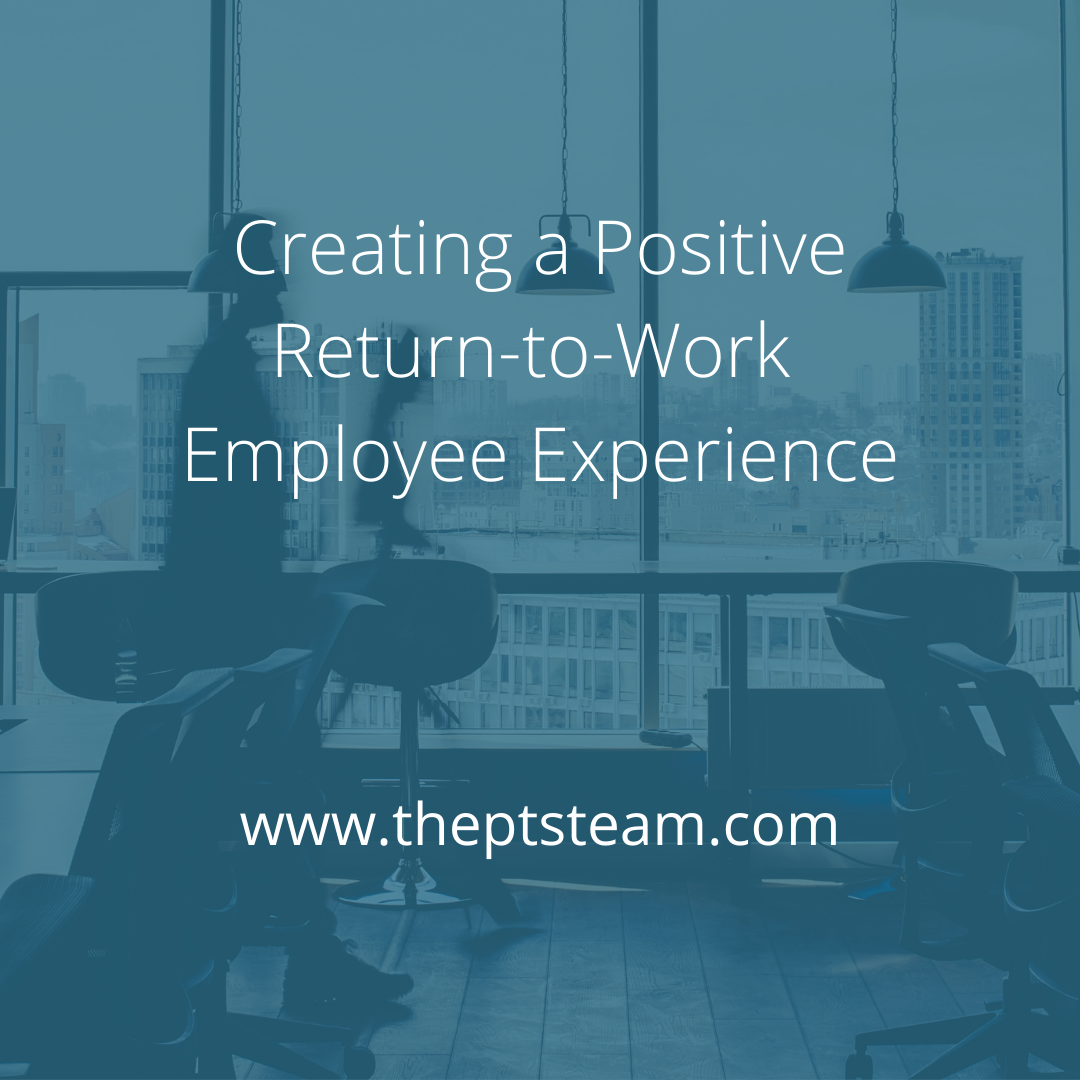The new normal requires companies to adopt new technology and adapt to new ways of working.
Research shows how transformational the future of work could be as remote work becomes increasingly permanent.
- Productivity and work-life balance were the top issues on employees’ minds by May versus “job security” in early April. Half of companies cited “technology and tools for remote work” as their top priority to address.
- Spending on “work from home infrastructure” has increased from 1% to more than 30% of annual IT budgets.
- 61% of CEOs say their businesses will be more digital in the future
- Only 26% of leaders worry about losing productivity due to remote work now compared with 63% in March. Half are trying to improve the remote work experience for their people.
Implementing HR technology for working remotely can increase productivity and improve the employee experience.
Building an infrastructure
Forrester Research analyst Stephanie Balaouras told TechTarget, “One of the weaknesses the pandemic has exposed ‘is just how legacy and brittle some of our core infrastructure turned out to be.’"
Forrester projects that companies will adjust through means like widespread adoption of public cloud-based services and supporting cloud technologies that can also be deployed in private cloud environments, according to TechTarget’s guide to the future of work for IT thought leaders.
Cloud computing remote working tools provide on-demand delivery of IT resources. “By eliminating the need for physical equipment and in-house infrastructure, cloud computing is cost-effective, scalable, and convenient,” Recruitment.com explains.
Investing in the right infrastructure to manage remote offices, including business-grade internet, access to protected systems, and a technology kit, is essential for effectively managing an IT team working from home.
“Beyond the training provided to resolve technical issues, IT staff now also needs to be trained on techniques for dealing with remote workers,” Nemertes Research president and founder Robin Gareiss wrote for TechTarget.
Connecting employees
Companies are using HR systems to communicate with remote workers as a way to keep them connected. Organizations use human resource information systems to keep employee contact information current and to share changes in policies, for example.
Project management tools are also commonly used to connect employees. Employees can track tasks, monitor deadlines, and manage deliverables together. Organizations may be able to use time-tracking features to measure efficiency as well.
Communication tools like video-conferencing and chats can also help employees and organizations. Such technology can help companies increase productivity as well as improve the employee experience by making collaboration easier.
Securing data
The increased use of technology for working remotely can also increase the risk of cyberattacks.
Sarah Casdorph of Aware offers the following suggestions for creating an effective information strategy to enable employees to work effectively at home, per a CMSWire article.
Define:
- Data access
- Levels of access for communication data
- Endorsed tools
- How you identify and respond to sharing of sensitive data
Establishing a cybersecurity policy and sharing it with employees are also crucial in conveying that data security is a priority. Require strong passwords and teach employees how to protect them as well. Two-factor authentication and encryption software can provide additional security, Virtual Vocations CEO Laura Spawn wrote for CMSWire.
Increasing productivity
Technology can help employees be more productive when they work remotely. “With adaptive analytics, companies input contract data so that remote employees can log in to a system that has arranged accounts and tasks for them. Artificial intelligence and advanced analytics enable field employees to access the corporate work environment as if they were in the office,” the Society for Human Resource Management explained in an article on how technology to support remote workers is evolving.
"[Advanced analytics] are basically able to prioritize my workload for me, day in and day out," Zachary Chertok, lead human capital management research analyst at the Aberdeen Group, told SHRM.
Chertok called advanced analytics the top resource trend, noting that the technology adapts to the way employees work each day and can even use employee onboarding information to personalize training and suggest career paths. Real-time analytics can help HR and management assess an array of factors that affect performance, including worker reliability in a remote setting, he said, according to SHRM.
The sudden shift to remote working due to the COVID-19 pandemic forced many companies to adopt technology and techniques that may not have embraced otherwise. But companies are now poised to make changes that will last beyond the pandemic as they have seen how remote work can improve organizational efficiency and employee engagement.
The future of work will likely include implementing HR technology for working remotely to increase productivity and improve the employee experience for years to come.
Providence Technology Solutions helps organizations improve the efficiency and effectiveness of their HR functions by aligning technology and processes with their business needs.
Learn how we could help your organization through our HCM Consulting services.
Contact us today to discuss your staff augmentation needs online, by email at info@theptsteam.com or by calling 904.719.8264.











